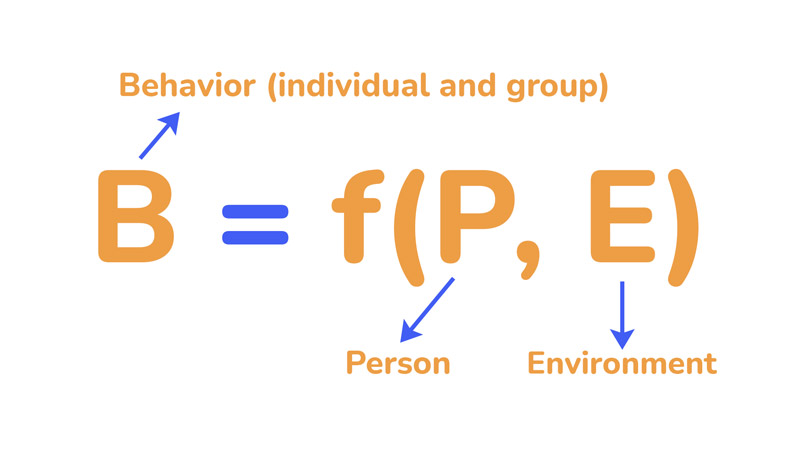 Back to Resources
Back to Resources
This article offers a set of key questions to trigger your thinking and help conversation flow on how to unlock human potential in your team and within your organisation.
Did you ever have a great idea to improve a step or help your organisation become a better place, but didn’t feel it was your place or part of your job to raise the idea? Or you couldn’t get through to the person in charge who could make it happen?
Did you ever feel discouraged because some people don’t make an effort to comply with the HR processes and complain about how these get in the way of delivering value?
If you are working in an HR team, managing a People & Culture department or leading a transformation, then allow yourself to take a moment to reflect on these questions:
Are the people in my company getting the space to be awesome? Can they really thrive in teams and use their creativity and skills? Can they explore, test and learn, self-select, engage, co-create and innovate?
And layering on that: Does the org structure leverage that human aspect? And how do the HR processes affect that? Are they in some way limiting that awesomeness, these teams, those people?
Organisations start off like any other human endeavor, with a strong vision and a bunch of believers who somehow manage to get hold of a budget to experiment and build a viable product. Then they create a sustainable structure in which more people can gradually join and engage in that vision, building more products and providing a service, each doing their part and adding their value, in alignment as a team. With success comes the urge to grow the revenue and scale the structure. The company culture is determined and behaviors become expected, the values get ingrained and the processes perpetuated. New candidates entering that company will enter the workspace, quickly scan and analyse the working environment and most likely do their best to comply, assimilate and blend in, lest they would be found ignorant, insensitive or even ridiculous.
Social psychologist Kurt Lewin, who is mostly known for his research in the field of group dynamics and leadership, wrote a simple equation to help us understand that how we show up at work, and how we behave in groups and org structures is defined by the unique combination of our shared environment as well as our individual personalities. Where it is quite impossible (and unethical at that) to alter someone’s personality, we can definitely zoom in on the environment in which people are active. The environment here can be referred to as the combined set of macro- and micro-structures, working constructs, processes, and formal working agreements that are present in an organisation.

Let me briefly share with you how this equation has been proven true in my experience, with a bit of a personal story. Agile was a weird word still when it crossed my path, but it gained a lot of momentum in the IT space where I started off my Agile journey. It was perceived as a promising yet still marginal phenomenon that seemed to make sense mostly in areas where software products were being ideated and delivered. A department that was rather enigmatic and somewhat intimidating for most people, who were situated in other silos within the organisation. Within our software bubble though, life was fun, and we explored and learned. We soon discovered that with other departments not feeling addressed and therefore hesitant to join in, it was very hard to embed these practices beyond IT and actually collaborate and effectively co-create with our stakeholders. The existing org design and the siloed structure were limiting the affordance to collaborate and therefore impacted the accessibility of our business partners. Moreover, the distributed reporting lines and separate KPIs made people doubt the value and relevance of actually spending time, or merely being available.
Going back to the questions we started off with. People have an enormous innate capability to ideate and collaborate, but they often feel restrained by structures, hierarchies, politics, and unconsciously or pragmatically accept that to not make a fuss. When looking through the People & Culture lens, we need to be aware that lots of the traditional HR processes are not particularly conducive to team performance, value-driven work, or human creativity.
When taking on a new job and entering a new company a few years later, I ended up in an altogether different environment. I worked in a global HR service company. Agile had become a thing by now. A buzzing thing. And that buzz was resonating throughout the company but hadn’t yet found its way into the strategic portfolio. By then I was hooked. I was one big storm of energy. I was a yesser-the-yesser. Things were moving, teams were reorganised, Scrum was introduced… At times though I felt that nothing much had changed at all. Was I truly the only one who had made a shift? Why did it feel that everything and everyone proceeded so much slower than I thought would be necessary?
I was a tiny value-delivering mind and body, operating in a rumbling global engine like all the others. We were particles in a universe, and yet, I kept running into boundaries. Social boundaries. Hierarchical boundaries. Structural, mental, and motivational boundaries, that reduced my blazing storm of energy into a series of rain showers with the occasional dry spell.
I gradually developed a sense of ad hoc boundary-crossing and managed to dissolve a few of them in order to get and beget more value. And yet I noticed colleagues around me who were not even trying to investigate these invisible borders. “That’s just part of work here. Besides, it’s not in my job description anyway” they would shrug when I asked about it.
Just part of work? What exactly is an organisation – if not an organising principle to help us create value that could not be created without it? For sure, an organisation is many things – not just an ordered dashboard of ever-changing numbers and targets, not a mere cluster of processes and ever-changing tools, not merely a continuous stream of value and revenue.
Even Drucker used an organisational principle that was larger than just all this: The organising principle of an organisation is the lifting of a man’s vision to higher sights, the raising of a man’s performance to a higher standard, the building of a man’s personality beyond its normal limitations.
This reminds us of Fujio Cho, the Honorary Chairman of Toyota, who famously said: First we build people, then we build cars.
These giants of industry understood that nothing can be achieved if we do not take care of people first and the teams who are building the value.
This is why we should first attend to Agile people before we can run Agile processes and apply Agile practices. This is why the idea of agility in an organisation must initiate where the people start off their journey of organisational experiences, in the realms of what is conventionally called HR.
Why would anyone the likes of the younger me, full of energy to learn and collaborate, with boundless enthusiasm to contribute to a company mission, need to run into boundary after boundary, in organisations that are supposed to do the opposite, opening doors to endless possibilities?
HR as a core group and central department cuts through all other parts of the org with its processes, policies and Culture & People vision. With this in hand, it has the power to either seriously limit the organisational change, or to play an accelerating role by driving the transformation towards Business Agility.
Therefore, running Agile transformations should kick off with the people first too. After all, an organisation, just as much or even more than all the above, is an intricate network of humans with a shared purpose, a living pulsating system or relationships, buzzing with interactions and interdependencies.
This all may come across as unruly and intimidating, but it also sounds like there is a huge amount of untapped potential. Human potential. And in times where automation and robotics are gaining speed, this human potential might very well become a golden egg for your business.
In this world of work, with its ever-growing complexities and sense of confusion, there is an increasing need for collective human hands and minds, for probing and sensemaking and for doing what people are good at when they align and perform as a team, that is ‘solving wicked problems together’. And who are we to stop them?
Let’s get some insights into what people and teams really need to be awesome. Let’s inspect our current HR processes and make sure to pinpoint where teams are hindered in playing out their innate strengths of answering to the system and finding innovative ways to solve emerging problems.
Let’s create amazing workplaces that people love!
—
Are you keen to discover how HR can help transform your organisation on the road to Business Agility? Contact us to learn more.
*This learning journey was largely designed by Pia Maria Thoren, writer of the Agile HR manifesto. Some of her books and videos are embedded in the learning material and the EPiC facilitator has been a member of the Agile People trainer community for years, with which she has co-authored a book and joined the book launch team in 2020.





